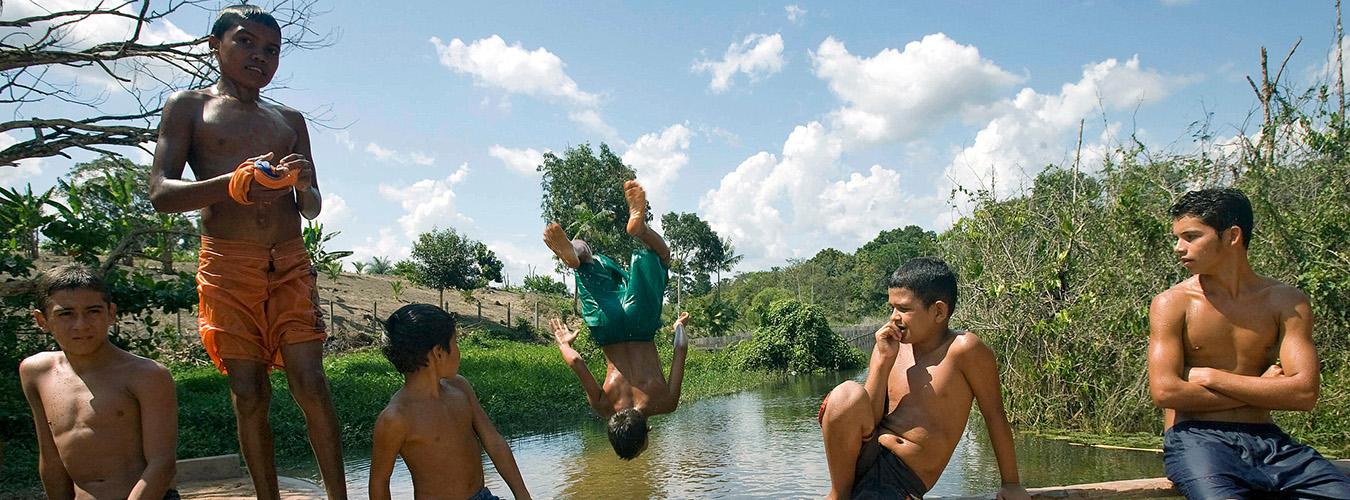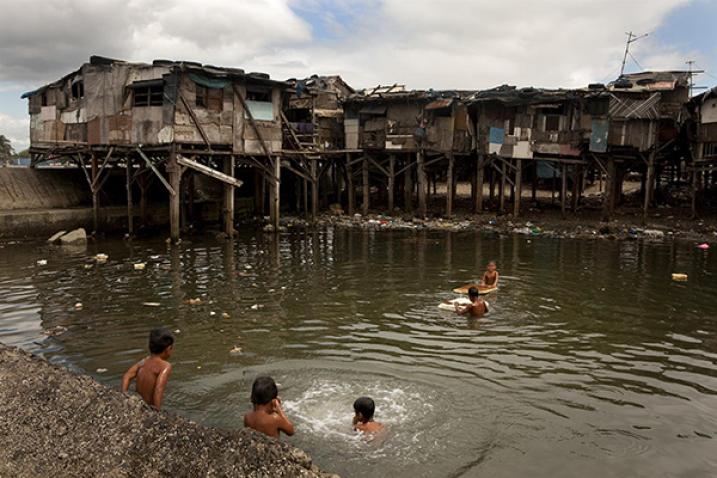Drowning is a leading cause of accidental death
Every year, an estimated 236,000 people drown, making drowning a major public health problem worldwide. Drowning is one of the leading causes of death globally for children and young people aged 1-24 years. Drowning is the 3rd leading cause of unintentional injury death, accounting for 7% of all injury-related deaths.
The global burden of death from drowning is felt in all economies and regions, however:
- low- and middle-income countries account for over 90% of unintentional drowning deaths;
- over half of the world's drowning occurs in the WHO Western Pacific Region and WHO South-East Asia Region;
- drowning death rates are highest in the WHO Western Pacific Region, and are 27-32 times higher than those seen in the United Kingdom or Germany, respectively.
Global report on drowning: preventing a leading killer
The Global report on drowning is the first World Health Organization (WHO) report dedicated exclusively to drowning – a highly preventable public health challenge that has never been targeted by a global strategic prevention effort. This report aims to change that.
World Drowning Prevention Day
World Drowning Prevention Day, declared in April 2021 by General Assembly resolution A/RES/75/273, is held annually on 25 July. This global advocacy event serves as an opportunity to highlight the tragic and profound impact of drowning on families and communities and to offer life-saving solutions to prevent it.
All stakeholders – governments, UN agencies, civil society organizations, the private sector, academia and individuals – are invited to mark World Drowning Prevention Day by highlighting the need for urgent, coordinated and multi-sectoral action on proven measures such as:
- installing barriers controlling access to water;
- providing safe places away from water such as crèches for pre-school children with capable childcare;
- teaching swimming, water safety and safe rescue skills;
- training bystanders in safe rescue and resuscitation;
- setting and enforcing safe boating, shipping and ferry regulations;
- improving flood risk management.
The new UN General Assembly resolution invited WHO to coordinate actions on drowning prevention within the UN system. In this capacity, WHO leads preparations for World Drowning Prevention Day by producing related advocacy materials, hosting a global launch event and supporting national and local activities in countries and communities around the world.
#DrowningPrevention
Watch
Did you know?
- Drowning is the 3rd leading cause of unintentional injury death worldwide, accounting for 7% of all injury-related deaths.
- There are an estimated 236,000 annual drowning deaths worldwide.
- Global estimates may significantly underestimate the actual public health problem related to drowning.
- Children, males, and individuals with increased access to water are most at risk of drowning.
Related Links
- General Assembly resolution A/RES/75/273
- WHO website for the Day
- Fact sheet: Drowning
- Global issues - Health
- Global report on drowning: preventing a leading killer
- Preventing drowning
- Preventing drowning: an implementation guide
- WHO Guideline on the prevention of drowning through provision of day-care and basic swimming and water safety skills
- World Drowning Prevention Day: Guidance for Organizations
- Infographic
- Logos and branding
- Social media assets






